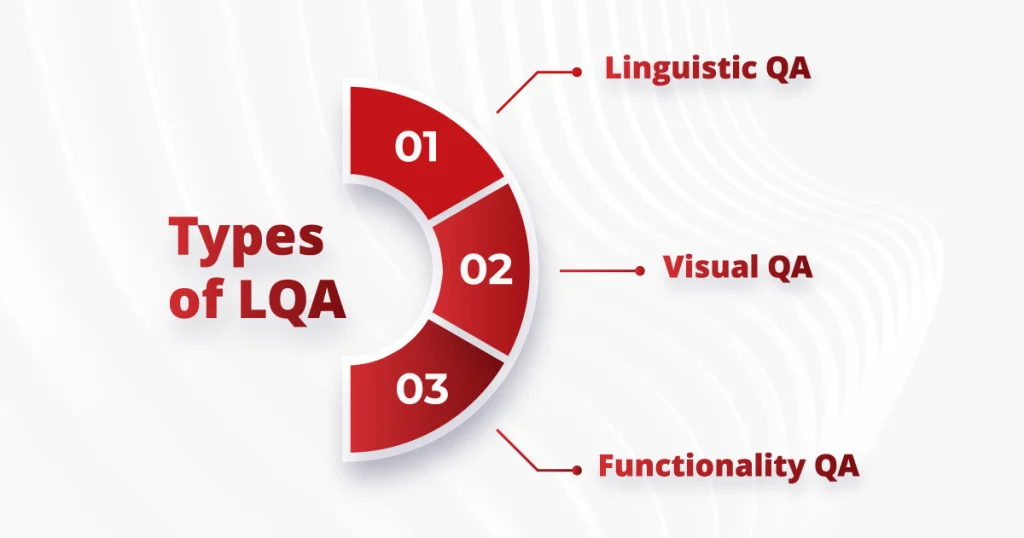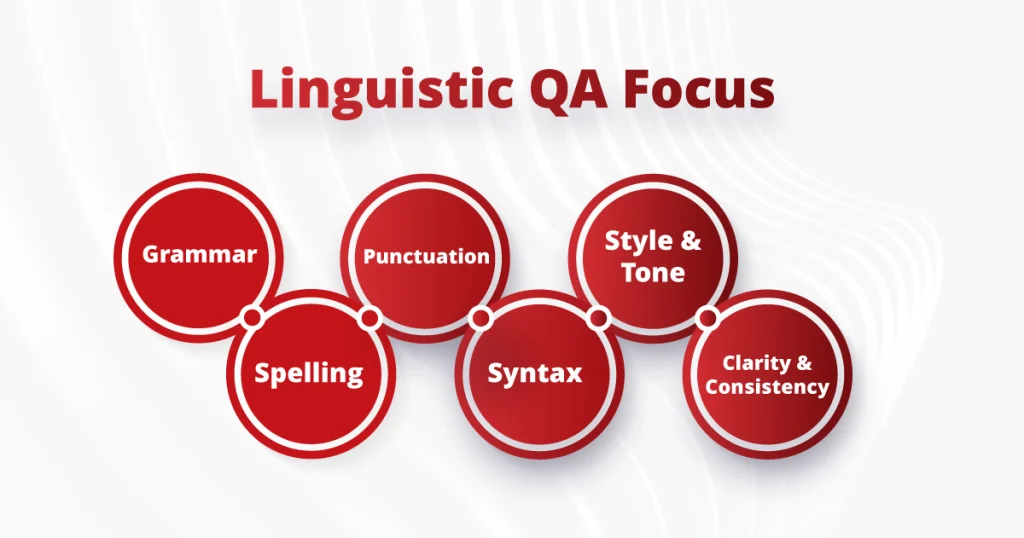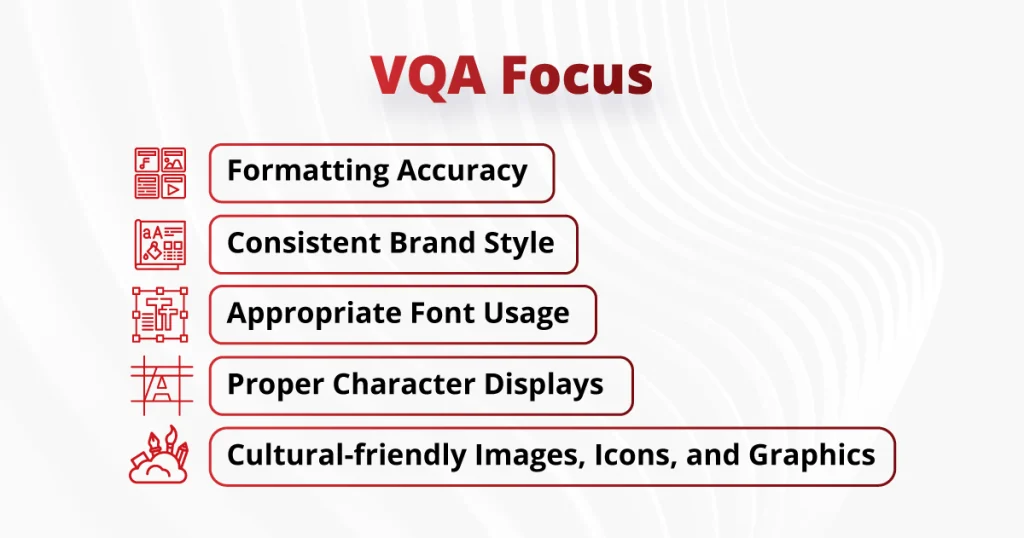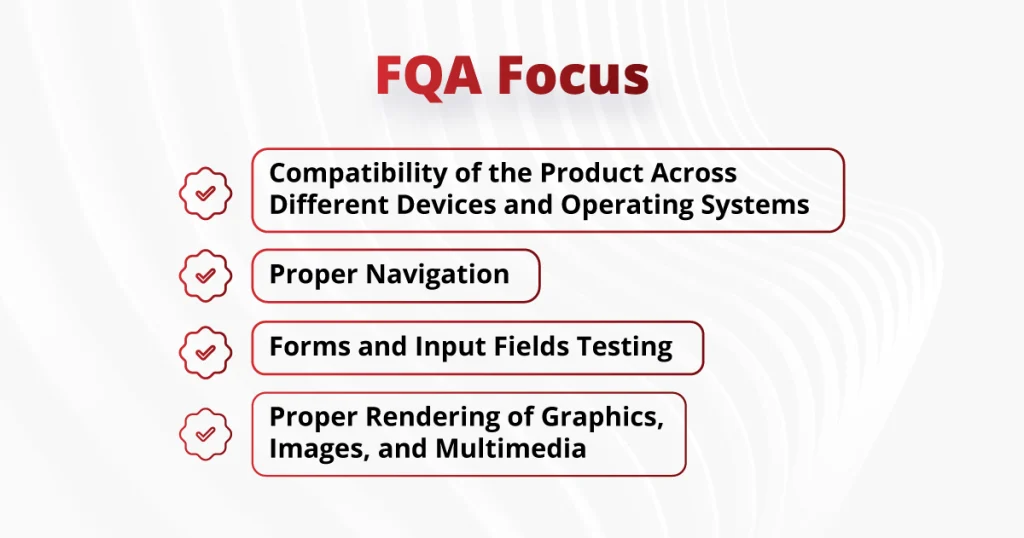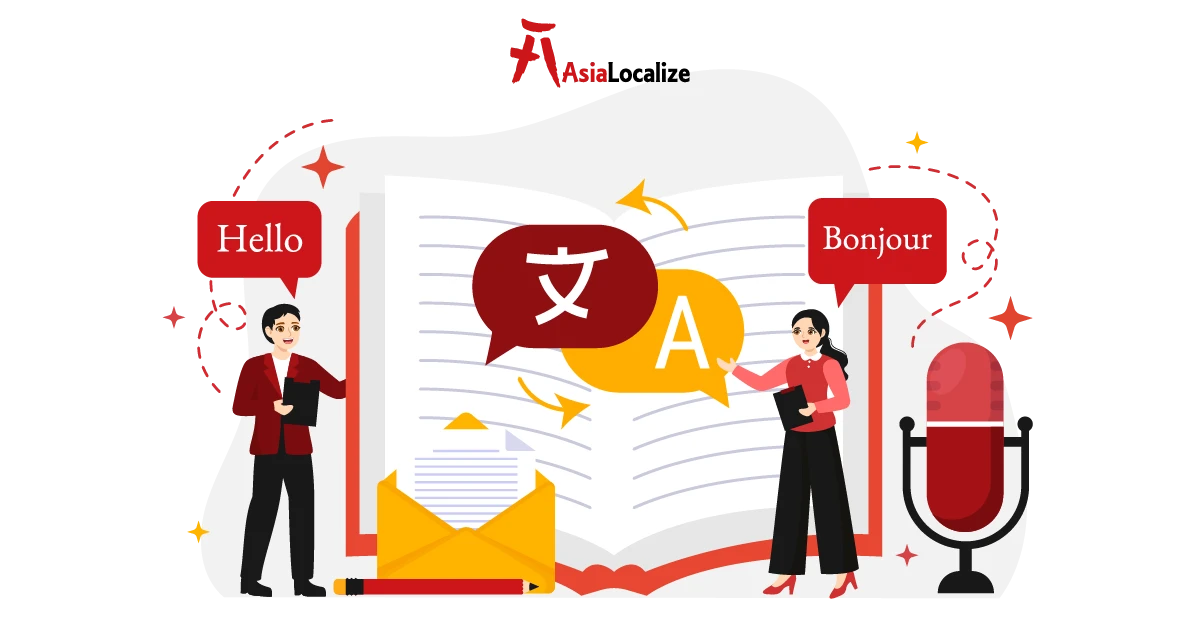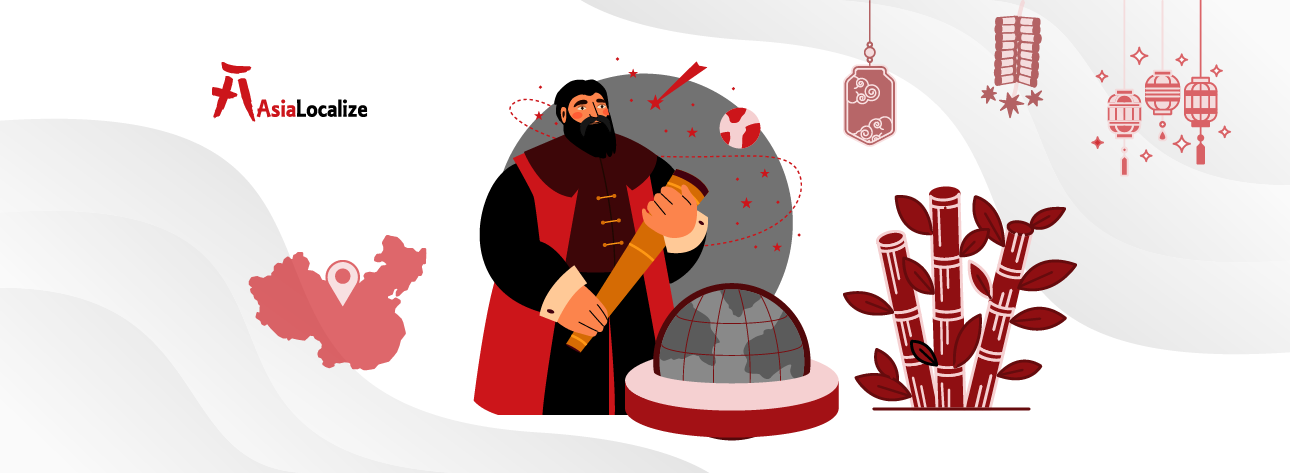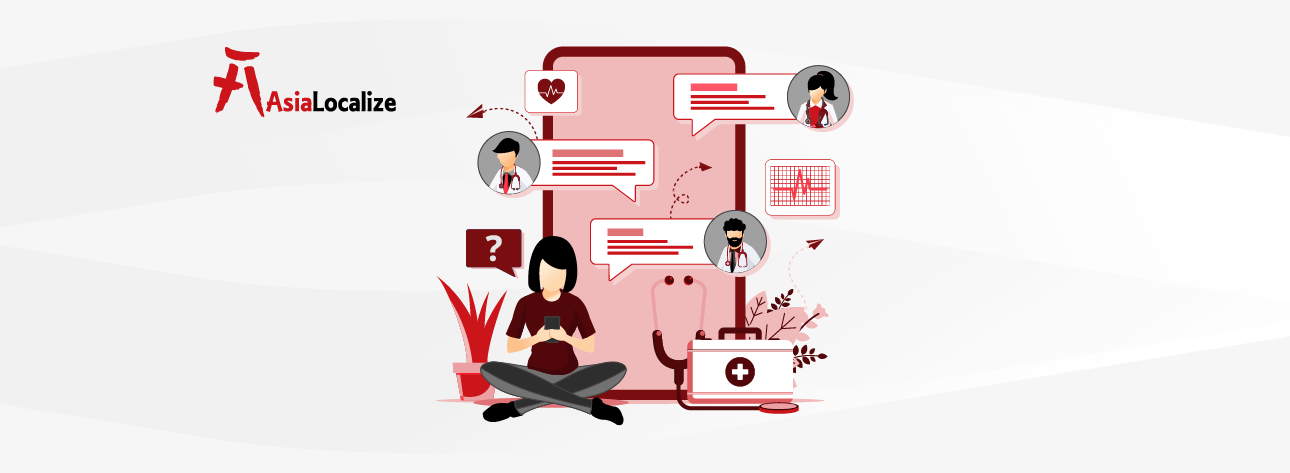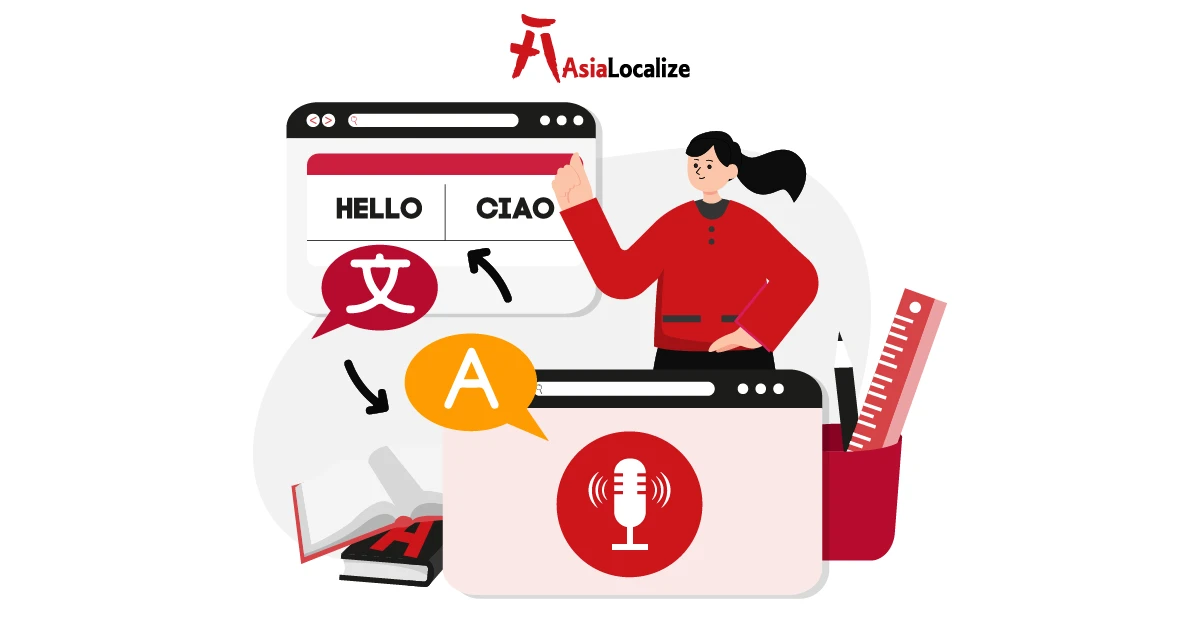Localization quality assurance isn’t an additional step you can overlook on your way to the global market.
The term “localization quality assurance” might sound a bit technical, but it’s the magic that can turn your localization project into an unforgettable success story. Just look at Netflix, which has seamlessly made its way into over 190 countries, all thanks to its solid localization strategies.
So, why is localization quality assurance such a big deal? One misstep in localization can cause major problems, resulting in failed product launches, frustrated users, and a damaged brand image. Plus, we can’t overlook the potential legal issues that might stem from mistranslations or cultural insensitivity!
Investing in strong localization QA isn’t just about avoiding mistakes—it’s about building trust, enhancing your brand’s reputation, and leaving a lasting impact in every market you enter.
Here, you’ll get a closer look at the impact of quality assurance in localization on your global approaches, and that’s what our article is all about, helping your business succeed in international markets.
What Does Localization QA Do?
A mistranslation can significantly impact user experience, but it’s not the only factor—functional and design issues can also cause problems.
While your product or service may perform well in your local market, it’s essential that it resonates with other audiences as well.
Simply localizing your product or service isn’t sufficient to ensure a meaningful impact; the overall success of your localization project largely depends on the quality of the localization testing and evaluation (LQA).
So, the localization quality assurance process involves testing and evaluating the localized content to ensure cultural relevance, linguistic accuracy, and optimal user-friendliness in design and usability.
In a nutshell, LQA is the process of ensuring your product’s nativeness in other languages and cultures. At this step, testers compare the localized content with the source text to spot any inconsistencies resulting from behavioral and cultural differences, ensuring localization accuracy.
What’s Involved in LQA?
- Language Checks to spot any spelling, tone, punctuation, syntax, grammar, formatting, and language consistency in localization issues
- Cultural Relevance Assessment to ensure texts and visuals meet the cultural norms of the intended market and avoid offensive translations
- Functionality Testing to ensure the product functions as intended and expected (for example, testing buttons and menus)
What are the Types of Quality Assurance?
Localization QA encompasses much more than just editing and proofreading. While proofreading is primarily concerned with reducing localization errors such as spelling, punctuation, grammar, and formatting, Quality Assurance (QA) takes a much broader approach, enhancing user experience.
It ensures linguistic accuracy while also checking functionality and cultural relevance, making it crucial for delivering high-quality localized content that resonates well with its target audience.
Curious about what QA entails? Here are the types of QA:
Linguistic Quality Assurance
A literal translation of a joke or an idiom that works in English might fall flat in a different language. Imagine literally translating a phrase like “it’s raining dogs and cats” to any other language! People might think that animals are falling literally from the sky.
That’s why linguistic quality assurance enters the picture to ensure the translated text feels natural to the target audience linguistically, culturally, and stylistically. In this context, LQA teams should engage native speakers who are well-versed in both the language and cultural nuances to provide insights that automated localization tools may not capture.
| Linguistic QA Focus Grammar Spelling Punctuation Syntax Style & Tone Clarity & Consistency |
Visual Quality Assurance
An image that is appealing in one culture may be considered offensive or irrelevant in another. Also, using certain colors can have diverse meanings in different cultures—white often signifies purity in some cultures, while it represents mourning in others.
That’s where visual QA for localized content interferes to ensure a seamless and engaging experience for the intended users!
VQA, or visual quality assurance, ensures that every element of the visual presentation aligns correctly and is culturally suitable. This includes assessing graphics, images, color schemes, and overall design layout in the localized context.
For instance, text embedded in images must be carefully reviewed to ensure it aligns with the translated content and maintains the original intent without causing confusion or visual clutter. Also, when translating to Arabic or Hebrew, the layout design must be adjusted to accommodate the shift in text direction; otherwise, the user interface may appear chaotic or misaligned.
| VQA Focus Formatting Accuracy Cultural-friendly Images, Icons, and Graphics Proper Character Displays Appropriate Font Usage Consistent Brand Style |
Functional Quality Assurance
The usability of a video game, software, or app is as important as linguistic accuracy and visual appropriateness. Functional QA for localization ensures that all the features, such as buttons, menus, navigation, and links, are working as expected and operating smoothly in the localized versions.
Functional quality assurance also encompasses the evaluation of performance metrics, such as load times and responsiveness of the localized product. In addition to testing the localized features, it involves examining the compatibility of the product across different devices and operating systems relevant to the target market.
In other words, functional QA ensures the localized version maintains the same level of usability as the original. It ensures that users can access features without technical difficulties, regardless of the language or cultural context.
| FQA Focus Compatibility of the Product Across Different Devices and Operating Systems Proper Navigation Forms and Input Fields Testing Proper Rendering of Graphics, Images, and Multimedia |
Cultural Adaptation
A clothing brand preparing to launch a new line might assume white clothing would be universally accepted, but without cultural adaptation, it could unintentionally offend a significant portion of its audience.
That’s why cultural adaptation QA is crucial to prevent cultural missteps that could damage a brand’s reputation and effectiveness in the global market. It ensures that text and visual elements resonate with the audience and match cultural expectations.
Did you know that while the “OK” hand sign is positive in many cultures, it can be considered vulgar in France, Brazil, and Germany?
Best Practices of Localization Quality Assurance
While QA for multilingual localization ensures perfection in global projects, it remains one of the most challenging processes requiring meticulous attention to detail.
Here are some best practices for Localization Quality Assurance (LQA):
- Hire Experienced, Native Linguists
Experienced linguists can identify potential pitfalls in the language that may go unnoticed by those who lack native proficiency, thus ensuring that the localized content feels authentic and relevant.
They bring valuable contextual knowledge that goes beyond vocabulary and grammar error detection in localization. They are equipped to provide feedback on the tone, style, and overall messaging of the content, aligning it closely with the expectations and preferences of the target market.
However, it’s important to note that an experienced linguist shouldn’t only be native in your target language but also have in-depth knowledge of your target market and be well-versed in your industry’s terminology.
- Create a Style Guide and Glossary
A well-defined Style Guide provides consistent language usage, tone, and formatting rules that adhere to the brand’s voice across different languages and cultures.
Establishing clear guidelines for text presentation, such as font styles, punctuation, and the use of visuals, helps localization teams maintain consistency throughout the translated content.
Also, a comprehensive Glossary serves as a reference tool for translators and editors, capturing key terms, phrases, and acronyms specific to the subject matter or industry. It helps to clarify meanings, prevent misinterpretations, and maintain consistent terminology across all localized materials.
Having a shared vocabulary allows teams to communicate more effectively and ensures that all stakeholders are aligned in their understanding of the project.
- Leverage Advanced Technology Tools
Modern localization efforts often involve numerous languages, cultures, and formats, which can lead to complexities that are challenging for translators to manage manually.
By integrating tools such as translation memory systems, terminology databases, and automated quality checks, translation teams can streamline workflows and maintain language consistency in localization across projects. They can even detect many errors before testers get involved.
Also, tools that support real-time communication and cloud-based project management contribute to fostering collaboration among diverse teams, allowing translators, editors, and project managers to work together seamlessly, regardless of their geographical locations.
- Implement Multistage Reviews
Implementing multistage reviews is an indispensable component of a successful localization quality assurance process. This structured approach involves several rounds of meticulous review and validation, where a diverse group of stakeholders—including translators, proofreaders, and project managers—contribute their expertise at different stages.
Each review phase plays a critical role in thoroughly examining linguistic accuracy and cultural relevance, allowing teams to identify and correct errors early in the localization and translation process.
Also, multistage reviews help to foster continuous improvement within the localization team. Each round of feedback improves the current project and creates a knowledge base to enhance future localizations.
This structured approach reduces the chances of errors and inaccuracies while strengthening the connection between the original content and its localized versions, ensuring that the essence of the message is preserved across diverse languages and cultures.
- Test During Localization
By implementing testing alongside the localization efforts, businesses can swiftly identify and deal with any issues related to language nuances, cultural relevance, formatting, and overall functionality. This helps catch problems early in the workflow and ensures that the localized content fits smoothly with the rest of the product.
The challenges faced by brands in global expansion show that investing in quality assurance processes isn’t optional for delivering culturally relevant and linguistically accurate content.
With over 12 years of expertise in the localization industry, AsiaLocalize understands the intricacies involved in launching products that resonate with diverse audiences. With the help of our certified teams of experts, we can build localization strategies customized based on your specific needs, supporting over 120 languages.
| Learn more about how our localization quality assurance LQA services can help your brand thrive in the international arena. Contact Us Now! |


